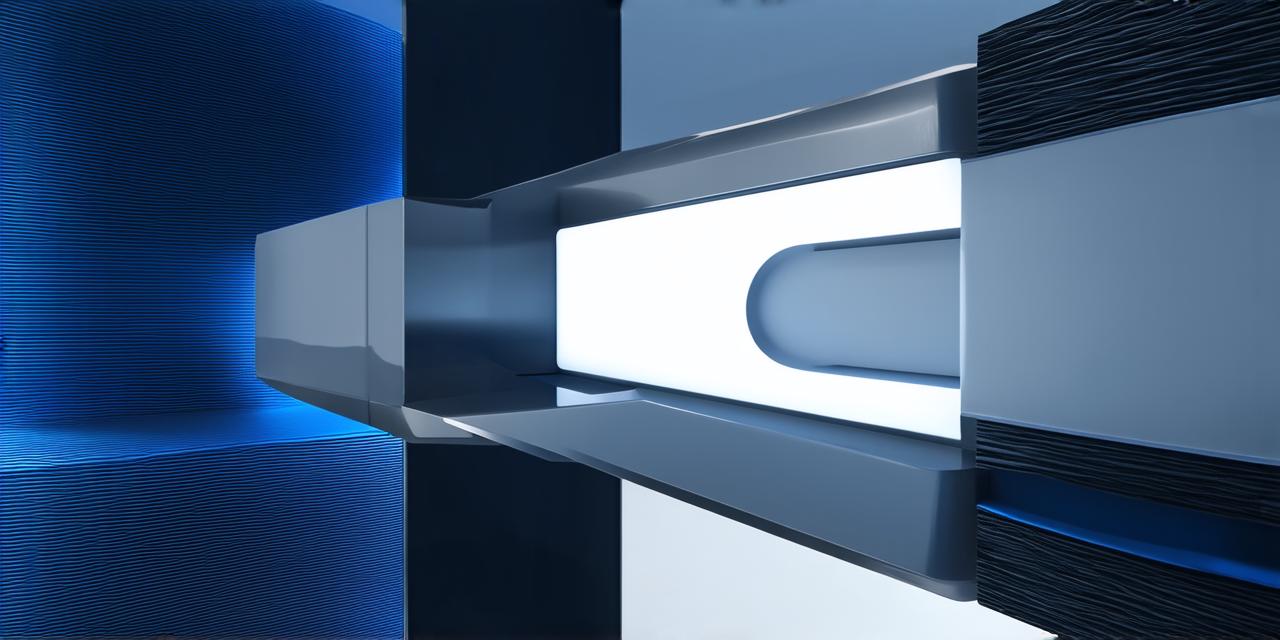As a popular game engine and development platform, Unity has become increasingly popular among 3D modellers due to its versatility, ease of use, and extensive library of tools and assets. In this article, we will explore the suitability of Unity for 3D modelling, delving into its key features and capabilities that make it an ideal choice for creators of all skill levels.
Unity’s User-Friendly Interface
One of the main reasons why Unity has gained such popularity among 3D modellers is its user-friendly interface. With a clean, intuitive layout and easy-to-understand menus, Unity makes it simple to navigate and use even for those with little to no experience in 3D modelling. Additionally, Unity’s built-in tutorials and documentation provide comprehensive guidance on how to use its various tools and features, making it easier than ever for users to get started.
Extensive Library of Tools and Assets
Unity comes equipped with a vast library of tools and assets that are specifically designed for 3D modelling. These include everything from basic sculpting and texturing tools to more advanced features like particle effects, animations, and scripting. Unity’s asset store also offers a wide range of pre-made models and assets that can be easily imported and customized to fit your needs.
Advanced Scripting Capabilities
Unity’s scripting capabilities are another key feature that make it suitable for 3D modelling. With support for C and JavaScript, Unity allows users to write their own custom scripts to automate tasks, add interactive elements, and control the behavior of their 3D models. Additionally, Unity’s built-in MonoDevelop IDE provides a powerful editor that makes it easy to create, edit, and debug code.
Real-Time Rendering and Previewing
Unity’s real-time rendering capabilities are another major advantage for 3D modellers. With Unity, users can see their models in action as they are being created, allowing them to quickly make adjustments and see the results in real-time. This makes the modelling process much more efficient and streamlined, allowing creators to iterate and refine their work more easily.
Cross-Platform Compatibility
Finally, Unity’s cross-platform compatibility is another key feature that makes it suitable for 3D modelling. With support for a wide range of platforms including Windows, Mac, Linux, iOS, Android, and more, Unity allows users to create 3D models that can be used across multiple devices and platforms. This makes it easier than ever for creators to reach their target audience and distribute their work.
In Conclusion
Overall, Unity’s versatility, ease of use, and extensive library of tools and assets make it an ideal choice for 3D modellers of all skill levels. With its user-friendly interface, advanced scripting capabilities, real-time rendering and previewing, and cross-platform compatibility, Unity offers everything creators need to bring their 3D models to life. So if you’re looking to get started with 3D modelling or take your skills to the next level, Unity is definitely worth considering.
